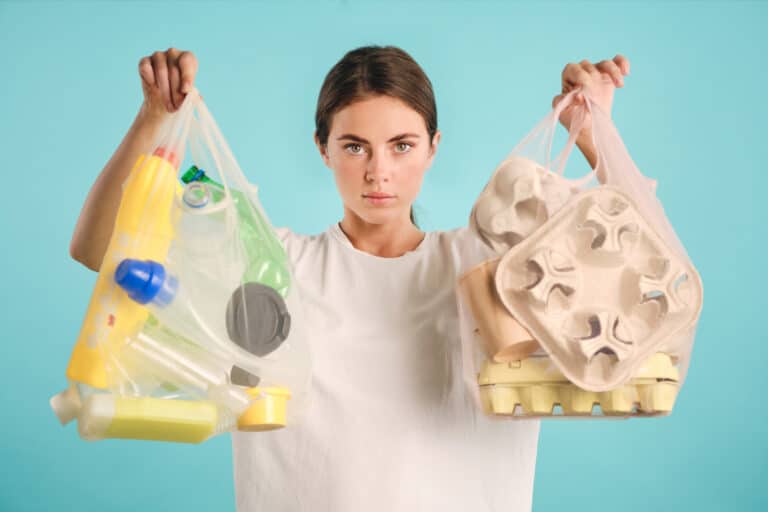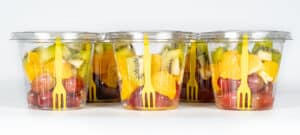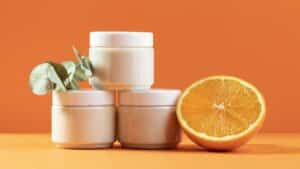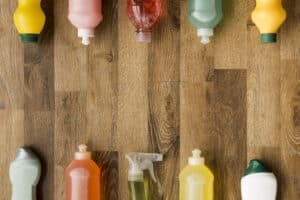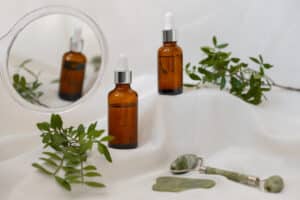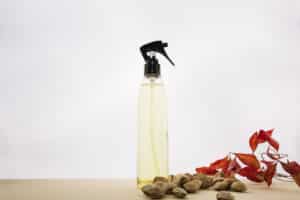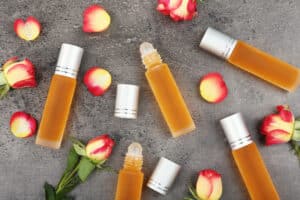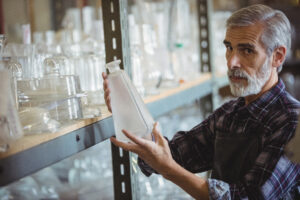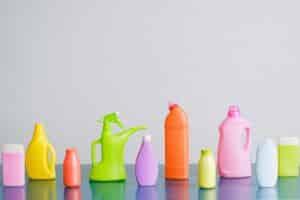Polyethene terephthalate (PET) plastic is one of the most commonly used materials for making plastic bottles. It’s estimated that millions of tons of PET plastic are produced every year. Despite its widespread use, there are many myths and misconceptions about PET plastic that persist. From concerns about its safety to misconceptions about its recyclability, these myths can lead to confusion and misunderstandings about this versatile material.
In this article, we aim to separate the facts from fiction and bust the most common myths about PET plastic. By understanding the truth behind these misconceptions, we can make informed decisions about our use of PET plastic and reduce its impact on the environment.
Myth 01: PET plastics are bad for the environment
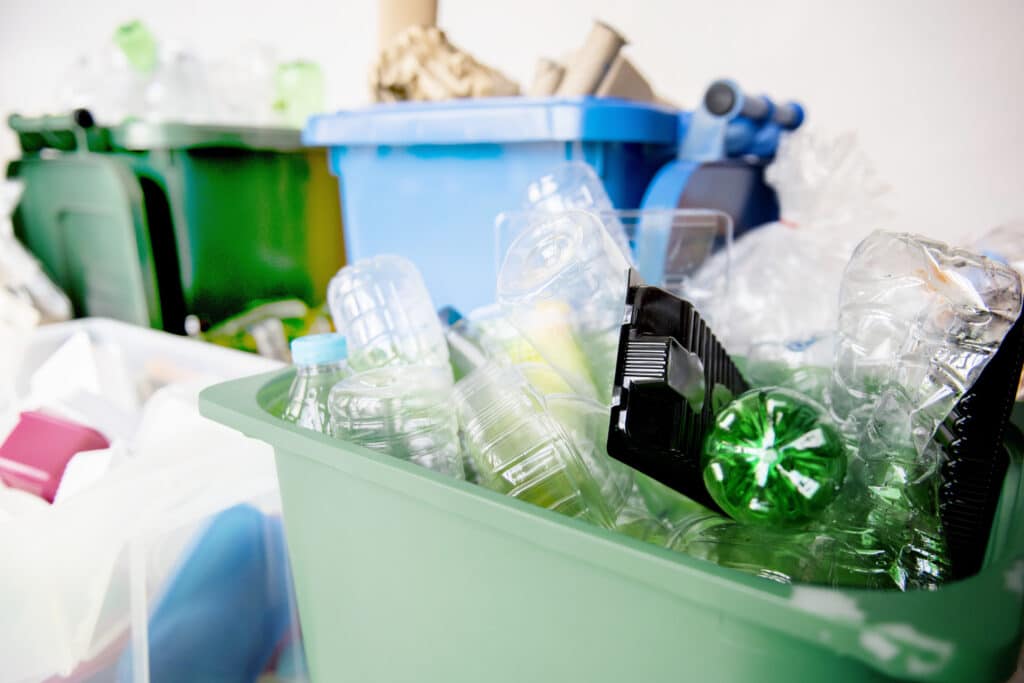
One of the most persistent myths is that it is bad for the environment. However, this is simply not true. While it is true that PET plastic can take a long time to decompose, it is also recyclable. This means that it can be reused and transformed into new products, conserving resources and reducing waste. Furthermore, the production of PET plastic requires significantly less energy than the production of alternative materials. Such as glass or aluminium, making it a more environmentally friendly option. Additionally, PET plastic is lightweight, making it easier to transport and reducing the carbon emissions associated with transportation.
While it is important to be mindful of the environmental impact of our use of plastic products, it is important to understand the facts about PET plastic and not be swayed by myths and misconceptions. With proper recycling and waste management practices, PET plastic can be a sustainable and environmentally friendly material.
Myth 02: PET Plastic contributes to ocean litter
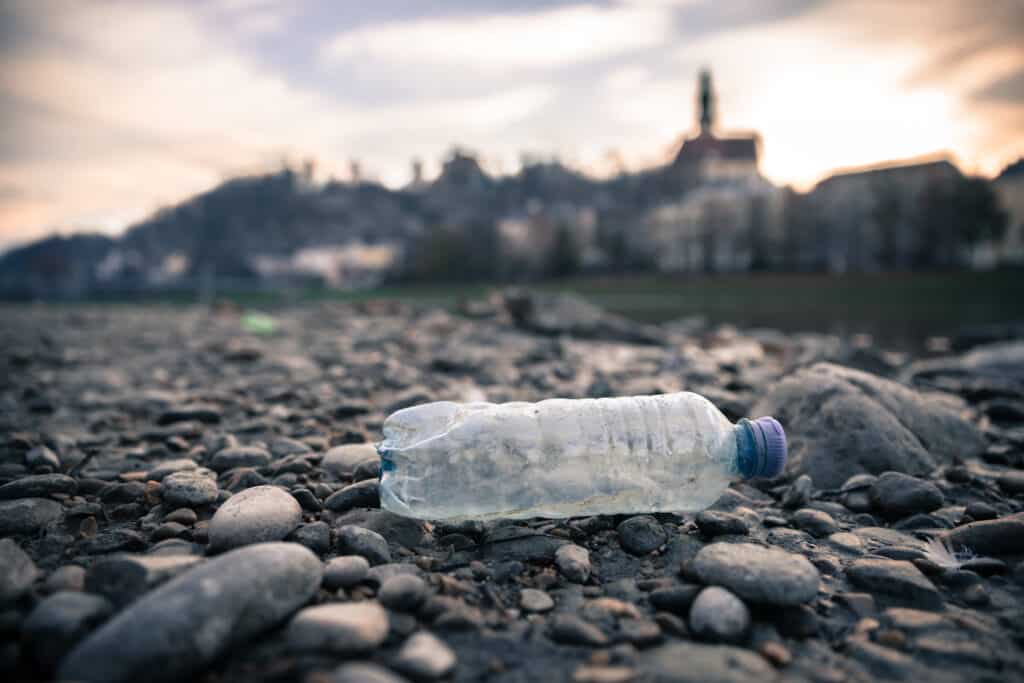
Another myth is that it is a significant contributor to ocean litter and marine plastic pollution. While it is true that plastic litter, including plastic bottles, can end up in the ocean, it is important to understand the root cause of this problem. The primary cause of ocean plastic pollution is not the production of plastic products. But rather the mismanagement of waste and the lack of adequate recycling and disposal infrastructure. In many parts of the world, plastic waste is not properly disposed of. And can end up in waterways and eventually the ocean.
To mitigate the impact of plastic on the ocean, it is important to focus on waste management and recycling initiatives. Rather than blaming a specific type of plastic. This can include increasing recycling rates, investing in waste management infrastructure, and educating the public about the importance of proper waste disposal.
Ultimately, it is not the use of PET. But rather the way we manage and dispose of waste, that contributes to ocean litter and plastic pollution.
Myth 03: PET Plastic causes cancer

Another widespread myth is that it is carcinogenic and can cause cancer. This is simply not true. They have been extensively studied and have been deemed safe for use in food and beverage containers by regulatory agencies around the world. There is no evidence to suggest that PET plastic is carcinogenic or that it can cause cancer.
It is important to understand that all plastics, including PET plastic, can release trace amounts of chemical compounds when they are exposed to heat or when the plastic begins to degrade. However, the levels of these compounds are well below safety limits and do not pose a significant risk to human health.
There is no scientific evidence to support the claim that PET plastic is carcinogenic or that it can cause cancer. With proper use and proper storage, PET plastic can be safely used for food and beverage containers and does not pose a threat to human health.
Myth 04: Aluminium bottles are better than plastic bottles
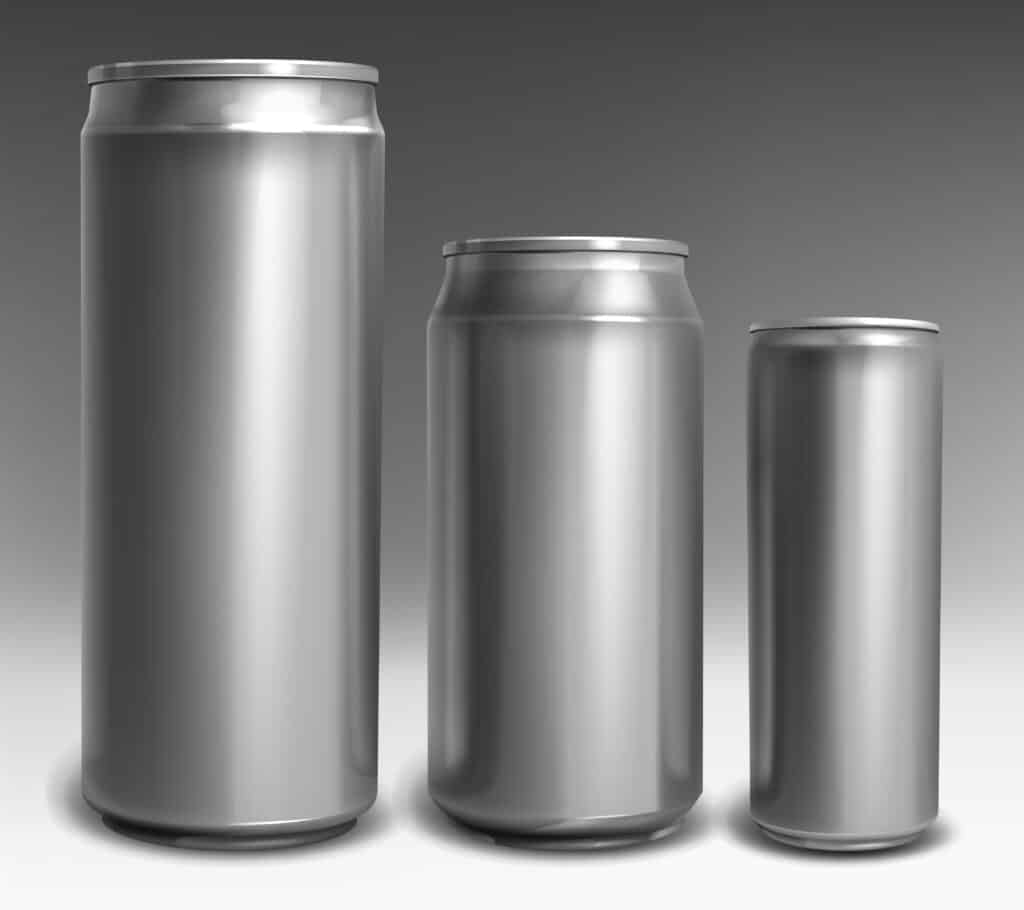
Another myth about plastic bottles is that aluminium bottles are always a better option for storing beverages. While it is true that aluminium bottles have some advantages over plastic bottles. They are not necessarily better in all regards. Both aluminium and plastic bottles have their own unique benefits and drawbacks. And the best option depends on the specific use case.
For example, aluminium bottles are often touted as being more sustainable because they are infinitely recyclable. However, aluminium production requires a significant amount of energy. The production of aluminium bottles can contribute to greenhouse gas emissions.
Myth 05: PET contains BPA

Bisphenol A (BPA) is a chemical compound that has been used in the production of certain types of plastic, including some food and beverage containers. There has been concern about the potential health effects of BPA, leading to the widespread myth that all plastic bottles contain BPA. However, this is not true.
It is important to be informed about the type of plastic used in food and beverage containers. But it is not necessary to be concerned about BPA in PET bottles. PET is a safe and widely used material that does not contain BPA.
In conclusion, there are many myths and misconceptions surrounding the use of PET plastic in food and beverage containers. By busting these myths, we can gain a better understanding of the true impact of PET plastic.
PET is a safe and widely used material that has been extensively studied and deemed safe for use in food and beverage containers by regulatory agencies around the world. PET plastic is not carcinogenic, does not contribute significantly to ocean litter and plastic pollution, and does not contain BPA.
In the end, PET plastic can be a convenient and sustainable option for storing food and beverages, as long as it is used responsibly and properly disposed of. By busting these myths, we can better understand the true impact of PET and make informed decisions about its use.
To learn more about PET plastic packaging, read JarsBottles blog!

